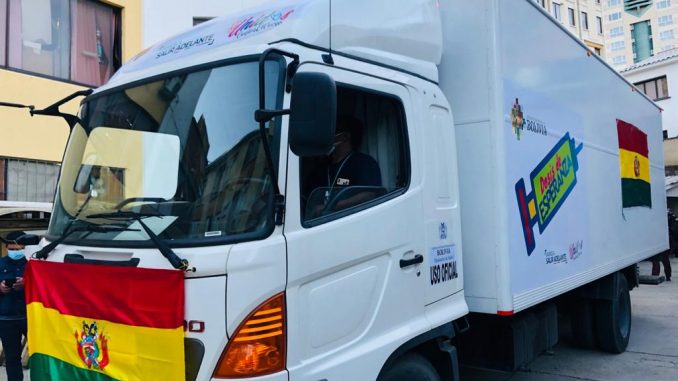
Published in El Pais, 2 February 2021.
Pharmaceutical companies have done their job and the COVID-19 vaccines have arrived. We just need to vaccinate everyone to free ourselves from all problems. No masks, no distancing and we can have parties and go to concerts again. I wish everything was so easy. Most of us do not realize it, but the logistics behind the vaccination is a complicated operation. There are three aspects. First the logistics of the vaccines, the other is the people to be vaccinated, and the third is the administration.
Vaccines are quite delicate. Low temperatures are required for their transport. For Pfizer it is up to 70 degrees below zero, and for Sputnik V only 2 to 8 degrees above. If these temperatures are not maintained during transport, effectiveness is lost. Critical moments are when the mode of transport is changed. For example from plane to truck, from containers to cooling boxes they can be exposed to unwanted temperatures and ruined. The Pfizer can last a maximum of five days in higher than required temperatures. If this fails, then we could be receiving a dose that lost its effectiveness.
The second aspect is where are we going to vaccinate first? If we decide to vaccinate health workers it means that in a hospital, we will vaccinate medical personnel, but not administrative personnel or patients at risk (over 60 years and those with a precondition). It is something strange isn’t it? And which city will be prioritized? To cities where 70% of the population lives is or to only the main cities? Many will have to wait because there are no doses for all available yet.
The third issue is that two doses are needed to achieve 90% effectiveness. One problem with Sputnik V is that in practice it consists of two different vaccines, A and B. So when there are 1000 doses, it could mean that it is for 1000 people the dose A or for 500 people the dose A and B. This it also directly shows another problem. How do we get the right people to the vaccination points? Queuing is dangerous and difficult just for people at risk, sending letters is difficult and with calls in newspapers there is a risk that not everyone will see it. In addition, we know that there are people who do not want to be vaccinated, which causes the system to be not very efficient if we cannot estimate it well.
After a while, everyone will have to come back for their second dose, if they do not come back for the same type of vaccine (2 doses of Pfizer and 2 doses of Sputnik V only, not mixed) only 40% to 60% protection will be achieved which is not sufficient effective for the population. This means a whole new logistics for the administration of vaccines so that the correct vaccine and of the same brand are applied.
The whole vaccination is going to take a long time. At the beginning it was thought that we can do it in eight months. Perhaps some countries will succeed, but for others a year or more will be the reality. Fact is, it is going to be tough and complicated work.



Be the first to comment